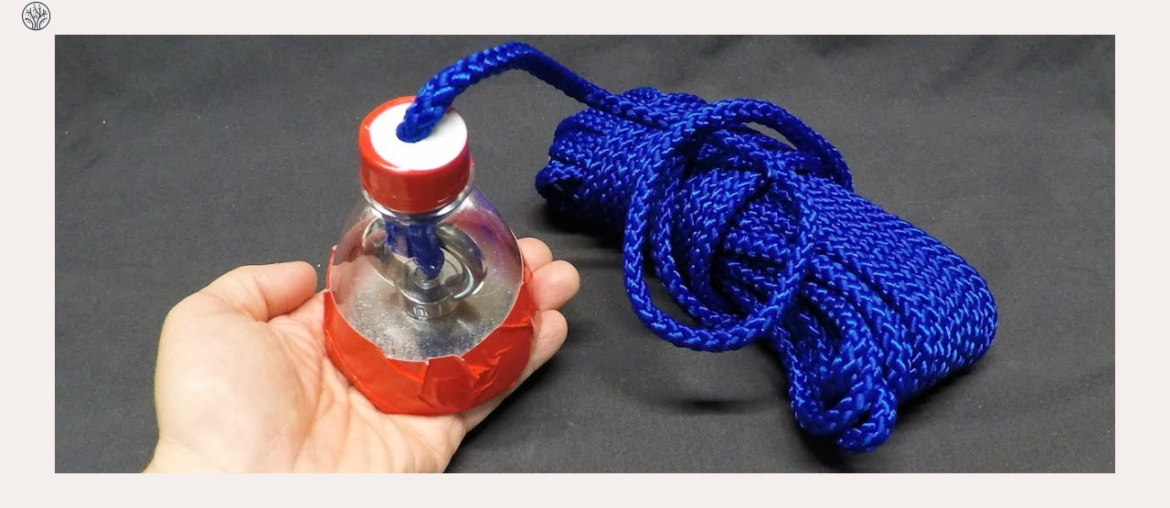Magnet fishing is not just a hobby – it is a great way to help the environment by removing metal waste from the water. But this hobby is more complex than it seems – you need the right equipment, skills, and knowledge. Therefore, this article will give you some magnet fishing tips for beginners you need to gear up for success.
Whether you are new to magnet fishing or want to improve your skills, these tips will help you have a better and safer experience.
- 1. Avoid Dragging Your Magnet Too Much
- 2. Pay Attention to Your Carabiner
- 3. Mind The Magnet Power and Options
- 4. Check Your Rope Strength
- 5. Try Different Fishing Techniques
- 6. Fish Near Crowded Areas
- 7. Tie Knots Properly
- 8. Protect Your Hands With Gloves
- 9. Follow Magnet Fishing Laws
- Start Magnet Fishing!
1. Avoid Dragging Your Magnet Too Much
Let’s start with the first tip: You should avoid dragging your magnet too much during magnet fishing because it saves energy and keeps your equipment in better shape.
When you drag the magnet too often, you might get tired quickly and not enjoy the activity as much. Also, pulling too much could make your gear get stuck on things underwater, like rocks or debris. Those are annoying and might break your equipment.
Instead, try using controlled and purposeful movements. That allows you to target specific areas and increase your chances of finding valuable items. Furthermore, this tip helps you prolong the life of your magnet and rope.
2. Pay Attention to Your Carabiner
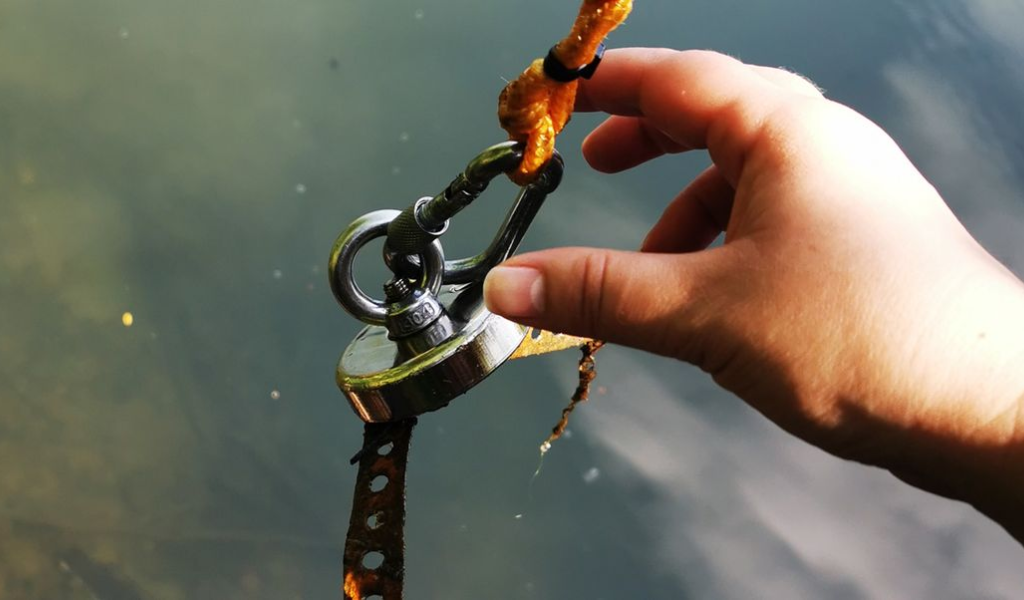
The locking carabiner is a crucial piece of equipment you should pay attention to. A good carabiner is strong, durable, and easy to use. If not properly closed or damaged, your magnet could come loose and be lost underwater. As a result, you lose your magnet fishing fun and valuable items.
So, you know your magnet stays attached by choosing a high-quality carabiner and ensuring it is always in good shape and correctly closed. Take time to check beforehand to have a successful and enjoyable magnet fishing experience.
3. Mind The Magnet Power and Options
The most vital item for magnet fishing is the magnet itself. Its type and size will decide your success in this activity. To choose between a single and double-sided magnet, weigh the pros and cons before deciding.
The strength of your magnet determines how well it can grab onto items underwater. Having a premium and powerful magnet increases your chances of finding valuable things.
How strong of a magnet do I need for magnet fishing?
If you’re new to magnet fishing, begin with a 500lbs capable magnet. This strength will handle most of your catches and won’t leave you wanting more. Remember, 500 lbs is still quite powerful. But if you’re looking to hold any magnet fishing task, opt for an 800 lbs one.
Also, preparing multiple magnets with different strengths gives you flexibility. Try another one if your first option fails in a specific spot. This way, you can explore various areas and depths effectively.
4. Check Your Rope Strength
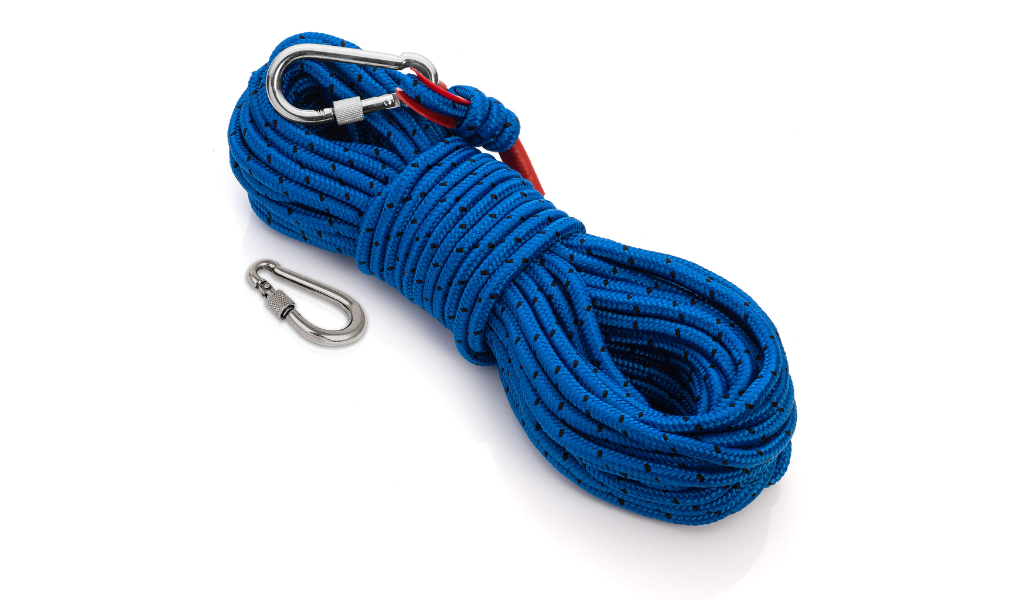
Another factor that affects your performance is the magnet fishing rope’s strength. It depends on various factors, such as:
- Material: Different materials have different strengths and weaknesses. For example, nylon ropes are solid but heavy and prone to melting. Polyester ropes are durable but stiff and slippery.
- Diameter: The diameter of your rope is its thickness. The thicker your rope is, the stronger it is. However, the thicker your rope is, the heavier and bulkier it is.
- Condition: The newer and cleaner your rope is, the stronger it is. Also, the older and dirtier your rope is, the weaker it is.
Choosing the quality ropes means finding one that is strong enough for the weight of your magnet and your finds. If your gear is too weak, it can break, snap under the water or even lose your magnet. Don’t forget to check the rating of your rope before buying it.
5. Try Different Fishing Techniques
The next magnet fishing tips for beginners are to try different techniques. Professional magnet fishermen should know various fishing approaches to gear up for success. Here are some methods you should consider:
- Dragging: Slowly move your magnet along the bottom of the water to cover a larger area.
- Jerking: Quickly lift and drop your magnet to attract items and create movement.
- Circular Motion: Swirl your magnet in circles to reach different spots and attract items from various angles.
- Pausing: Hold your magnet still for a moment to let it settle and attract items that may be hidden.
- Drag and Drop: Drag your magnet along the bottom and then drop it suddenly to capture anything it attracted.
- Bouncing: Bounce your magnet off the bottom to create vibrations that attract fish and items.
- Sweep and Retrieve: Sweep your magnet through the bodies of water and then retrieve it in a controlled manner to capture any items attracted.
6. Fish Near Crowded Areas
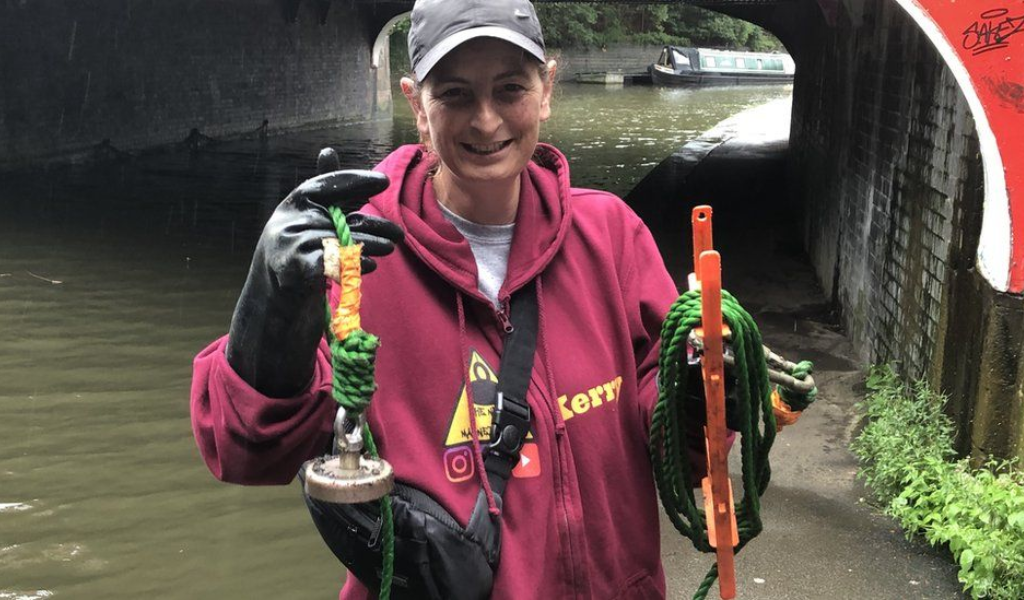
Beginners of magnet fishing often need to avoid heading into the wilderness to try it out. While you might uncover a few things in these remote spots, your chances of finding something interesting are low. Magnet fishers are hunting for metal objects that have been dropped into lakes or rivers, not fish, so it’s better to focus on areas with more people around.
For instance, magnet fishing near popular swimming spots is a good idea. People might accidentally drop knives, coins, and more into the water.
Fishing spots where anglers might lose their fishing gear, like hooks and sinkers, are also great places for magnet fishing.
Besides, under bridges and along busy lakes and streets are also excellent spots to find interesting items.
7. Tie Knots Properly
Tying knots properly in magnet fishing ensures your rope stays secure and your magnet doesn’t get lost underwater. Check out these knots to utilize your magnet fishing kits:
| Knot Type | Instructions |
| Figure-Eight Knot | Make a loop at the rope’s end. Pass the end through the loop and around the standing part. Thread it back through the loop to form a figure-eight shape. |
| Bowline Knot | Create a small loop near the end of the rope. Pass the end through the loop from underneath. Wrap it around the standing part and thread it back through the loop. |
| Double Fisherman’s Knot | Overlap the rope ends by about a foot. Tie an overhand knot with one end around both ropes. Repeat with the other end but in the opposite direction. Useful for joining two ropes. |
| Clove Hitch Knot | Wrap the rope around an object, cross the ropes over each other, and tuck the end under them. Creates a secure attachment point. |
| Square Knot | Join two ropes of equal diameter by tying the right end over the left, then the left end over the right. Suitable for bundling ropes. |
| Prusik Knot | Pass a loop of rope around another rope. Thread the loop through itself three times to create a sliding knot for extra attachment points. |
Remember, daily practice makes perfect when it comes to tying knots. Ensure your knots are tight and secure before magnet fishing to avoid accidents and keep your equipment safe.
8. Protect Your Hands With Gloves
A satisfying magnet fishing outing can stretch for several hours before finding anything valuable. You’ll repeatedly throw and pull the rope with your hands during this time. What’s worse, if you eventually catch something sizable or worthy, your bare hands might suffer from rope burns when you retrieve it.
Hence, the next in our list of magnet fishing tips for beginners is using reliable gloves for magnet fishing. The ideal gloves may vary based on several factors: Gloves equipped with closed-cell EVA foam and a Kevlar coating offer superior hand protection during magnet fishing.
Alternatively, if these gloves feel too bulky and cumbersome, you can choose thinner ones that are easier to manage once you’ve put them on your hands.
9. Follow Magnet Fishing Laws
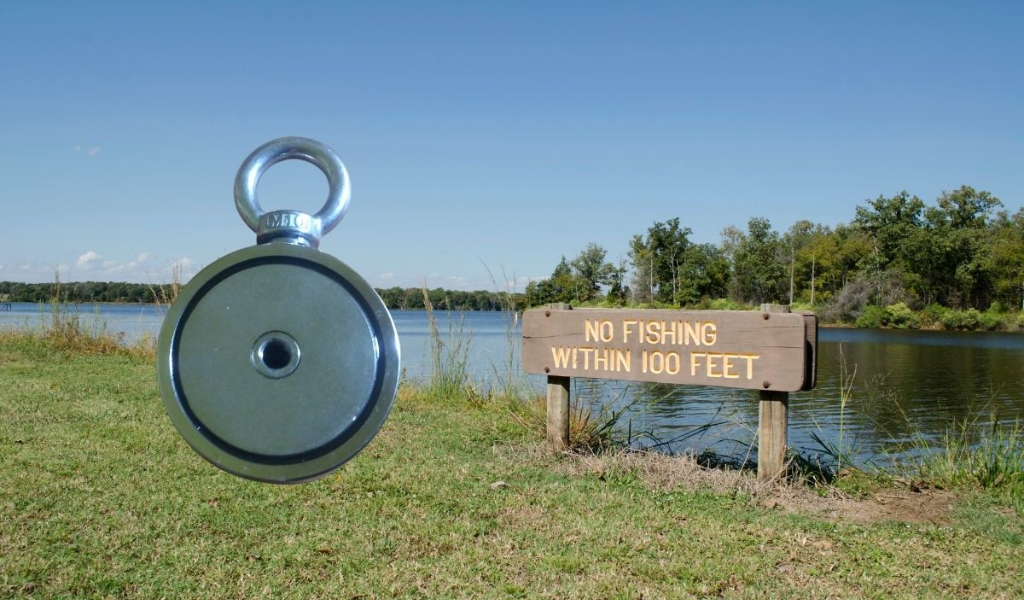
Following the laws for a safe and responsible experience is crucial when engaging in magnet fishing. They protect the environment, ensure public safety, and preserve historic sites.
To effectively adhere to these rules, take the time to research and understand the regulations governing magnet fishing in your specific area. Each region has varying rules and restrictions, so being informed is essential.
Respecting private property is another fundamental aspect of following magnet fishing laws. Remember to seek permission from landowners if you plan to magnet fish there. Trespassing can lead to legal complications and negative interactions with property owners.
What’s more? When out magnet fishing, dispose of any trash or debris responsibly. Leaving waste behind can harm the environment and contribute to pollution.
Start Magnet Fishing!
We hope the magnet fishing tips for beginners above help you gear up for success. Now that you have learned some helpful recommendations, let’s start your magnet fishing journey. Remember always to be safe, responsible, and respectful. And most importantly, have fun!

